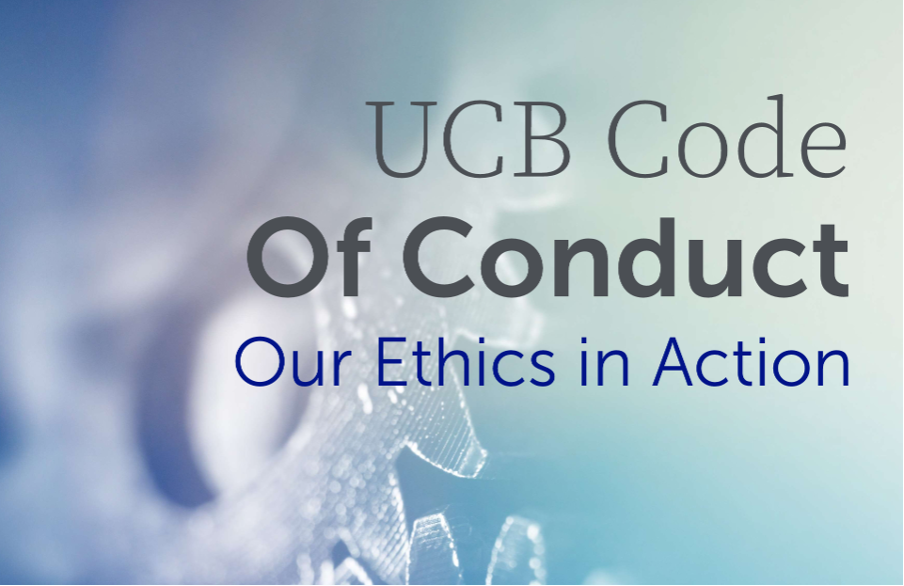UCB is committed to maintaining ethical values
Our principles and ethics in action
At UCB Australia, we hold ourselves and each other to the highest standards, and our decisions are guided by our ethical principles:
Trust is cultivated by our actions |
Integrity is unconditional |
Care is at the core |
Transparency makes us stronger |
Accountability powers our mission |

UCB Position Statements

Health of the planet
Global temperature, biodiversity, pollution, water quality and availability, and extreme weather all impact health. UCB acknowledges its function within this ecosystem and aims to minimise the environmental impact of our business. Read how our commitment to health extends beyond patients to include employees, communities, the wider public, and the planet.

Diversity, equity & inclusion
UCB is committed to incorporate diversity, equity, and inclusion (DE&I) across all levels of the organisation. We view DE&I as an essential journey that involves everyone. Discover our commitments and concrete actions to ensure an inclusive working environment for all.

Human rights
At UCB, we recognise that societal and environmental challenges are interconnected, and every business decision impacts the people we serve. We are committed to upholding high ethical standards and respecting the rights and dignity of all individuals. Learn more about our dedication to good human rights management.
AU-OT-2400044. May 2025.